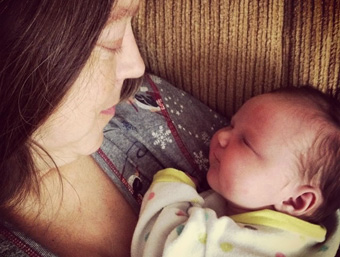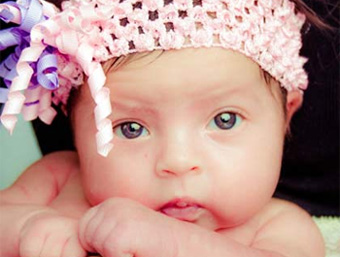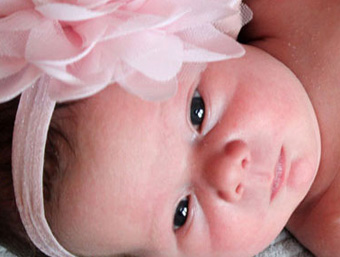
What are my chances of pregnancy after reversal of tubal ligation?
This is the question women ask most often when they are inquiring about tubal reversal surgery. It deserves the most accurate answer possible!
We have the answers
At A Personal Choice, we can answer this most important question based on detailed and accurate statistics from the largest study about pregnancy after tubal ligation reversal that has ever been done . This is one of the many things that makes A Personal Choice the best place for surgery to reverse a tubal sterilization.
Tubal Reversal Pregnancy Study Report 2011
The recently published Tubal Reversal Pregnancy Study 2011 Report shows data from approximately 10,000 women who have had their tubes untied at the world’s only medical facility exclusively for repairing tied tubes. The report shows the numbers and percentages of pregnancies after tubal reversal according to age categories, types of tubal ligations that the women had, and their tubal lengths that remained after the sterilization procedures and reversals.
This information will help couples make informed decisions about whether to reverse a tubal ligation. Statistical probability applies to a group of people and can’t predict what will happen to a single individual. However, the information is essential to know. It is much more useful than vague statements that some doctors make yet don’t show any data about their patients who have had surgery and those who get pregnant.
The 2011 Pregnancy Study Report also shows the outcomes of pregnancies, namely the number and percentages of births, miscarriages, and ectopic pregnancies after tubal reversal surgery.
Of all factors studies, a woman’s age turns out to be the most significant one that predicts tubal reversal success. Younger women have higher pregnancy and birth rates than older women. The type of tubal ligation is also important. The methods that damage the least amount of fallopian tube have the highest reversal success rates. This is reflected in the association between average tubal lengths found at surgery and subsequent pregnancies.
Ninety percent (90%) of women under age 30 who had tubal clip reversals became pregnant, and they also had the fewest miscarriages and ectopic pregnancies. The pregnancy and birth statistics decline as women get older, but even 1 in 3 women in their forties and women with the shortest tubal lengths were able to conceive after their tubal ligation reversals.
The study report gives details about how the study was performed and also some comments about what people should know when they read about tubal reversal and its purported success on other websites. Learning about these details will help couples wanting to have a baby after a tubal ligation to evaluate what they read. Then they can make well informed decisions, based on factual data rather than vague claims.
Collecting, analyzing, and publishing information about the pregnancies and pregnancy outcomes of our patients is one of many things that makes A Personal Choice the “gold standard” for tubal ligation reversal surgery.
Tubal Reversal Pregnancy Study 2011
Tubal of Contents
- Overview
- Study Methodology
- Where Patients Come From
- Patients Ages and Tubal Ligation Procedures
- Pregnancies by Age and Tubal Ligation Procedures
- Pregnancies by Tubal Lengths
- Births, Miscarriages, Ectopic Pregnancies
- Pregnancy Statistics – What You Should Know
Submitted by Dr. Berger









